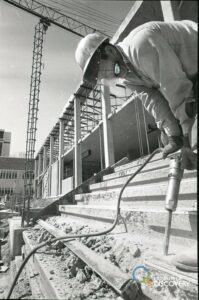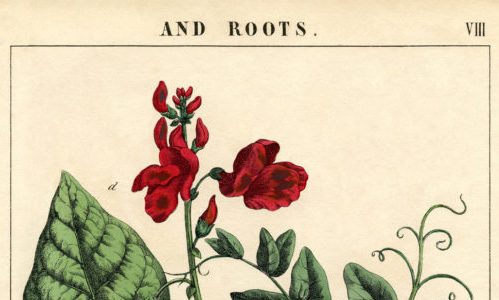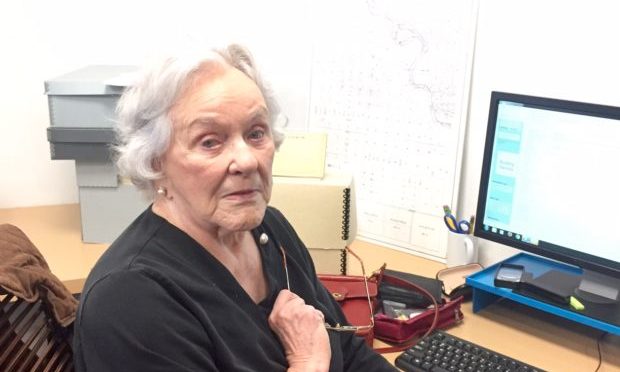According to the U.S. Department of Labor, over 65% of today’s elementary school students will have jobs that do not yet exist. Wow! These same young students will also be the first humans to set foot on Mars, based on NASA’s mission schedule. It is exciting to dream about the major technological and societal changes coming in our lifetimes.
And if today’s students will have jobs that do not yet exist, what about the jobs that currently exist? What about the jobs that you, or I, hold right now?
Scholars at the University of Oxford recently surveyed 352 of the world’s leading researchers in artificial intelligence (AI), to learn when AI employees would become better—and less expensive—than human employees in many job fields.
In the next 10 years, according to these researchers, AI employees will surpass human employees in:
* translating languages (by 2024)
* writing high school essays (by 2026)
* driving trucks (by 2027)
* generating a Top 40 pop song (by 2027)
It will take less than 5 years for AIs to outperform humans in Angry Birds (by 2018) or the World Series of Poker (by 2019), for that matter.
That said, human employees will remain better than AI employees in many job fields for the coming decades. Still, in the next 40 years, AIs will surpass humans in:
* working in retail (by 2031)
* writing a New York Times bestselling book (2049)
* working as a surgeon (by 2053)
These researchers believe AIs will outperform humans in all job fields within 45 years! But, as the MIT Technology Review notes, predictions of 40+ years are not always accurate. Cost-effective energy fusion is predicted to occur in the next 40 years—but it was also predicted to occur in the next 40 years when first explored… over 50 years ago.
Most people have a working life of 40 years. This working life-span is increasing to 45 or 50 years, though, as adults continue working beyond retirement. So, if you are an adult today, it is unlikely that your job as a truck driver, retail salesperson, or even surgeon will be fully supplanted by AI employees before your retirement. But what of today’s young students?
Here at Fort Collins Museum of Discovery, we are asking these questions. We discover, often in conversation with students, many new and insightful answers. In our educational programs, youth build 21st century skills, to help them succeed in our changing world. Rather than focus on single disciplines, youth develop cross-disciplinary skills like critical thinking, creativity, and initiative through hands-on exhibits and experiences. As a result, museum visitors are better able to handle the incredible technological and societal advances on our horizon.
But we still wonder—could AI employees ever run a museum? Guess we’ll find out!
Explore More:
“Experts Predict When AI Will Exceed Human Performance.” MIT Technology Review (5/31/17).
“When Will AI Exceed Human Performance?” Cornell University Library (5/30/17).
“How AI Is Transforming the Workplace.” The Wall Street Journal (3/10/17).
“A Robot May Be Training to Do Your Job. Don’t Panic.” The New York Times (9/10/16).
“Museums, Libraries, and 21st Century Skills.” Institute of Museum and Library Services.
Continue Reading

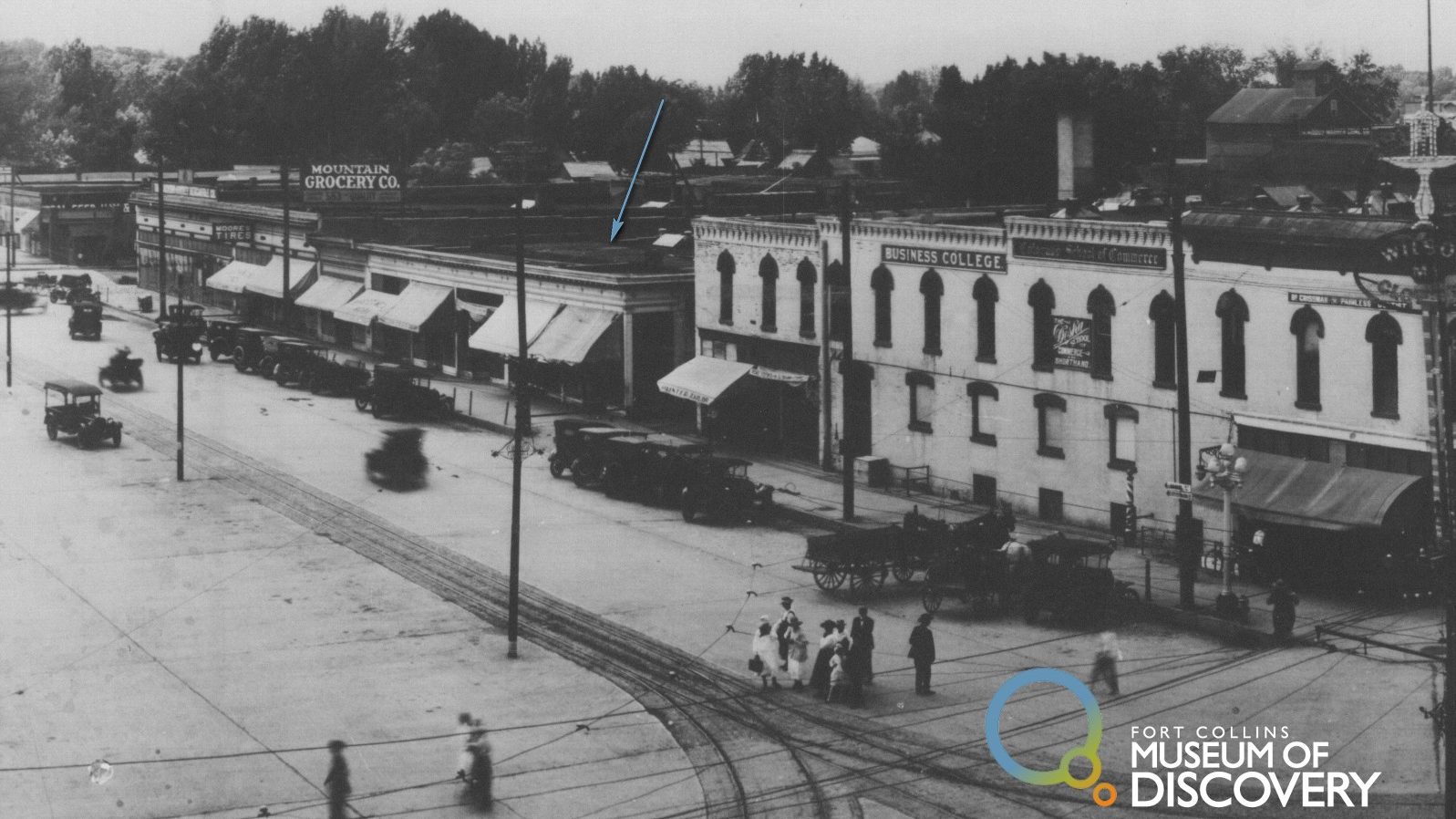


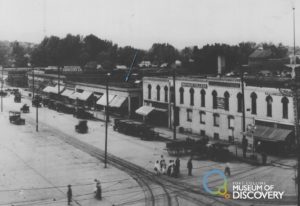
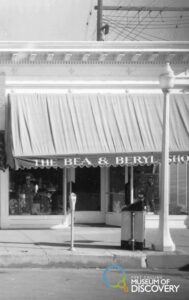
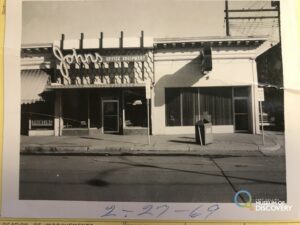
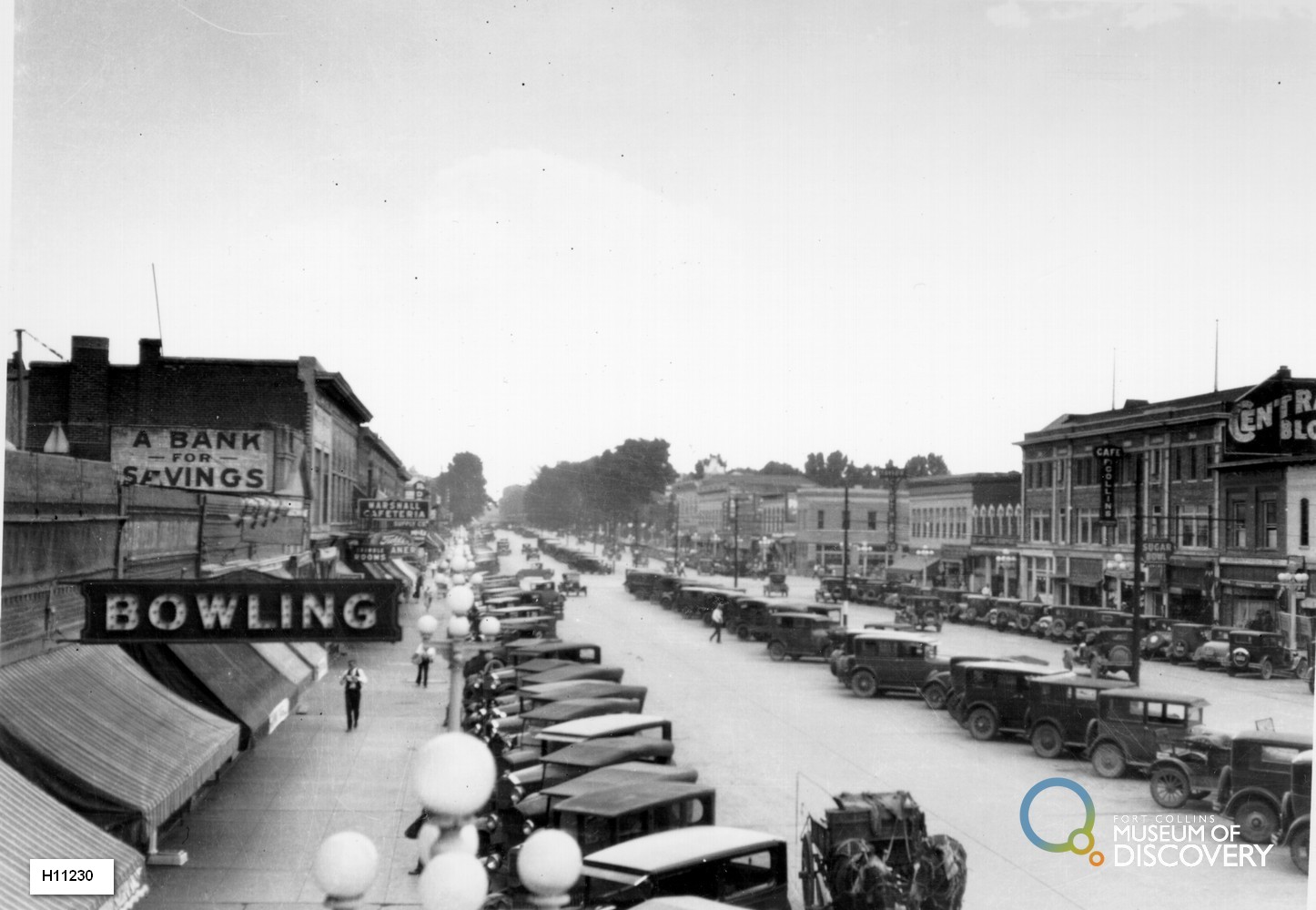

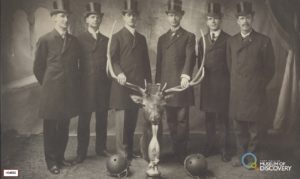





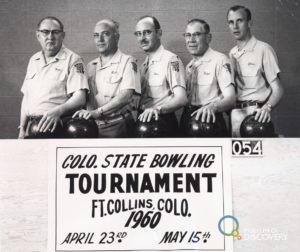

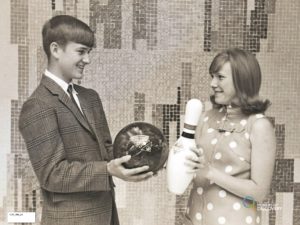

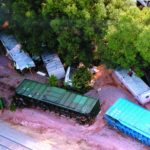





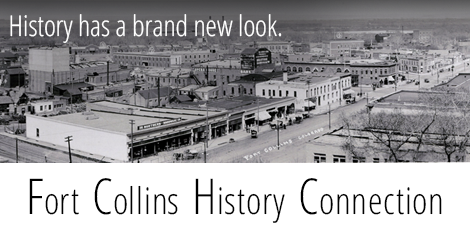
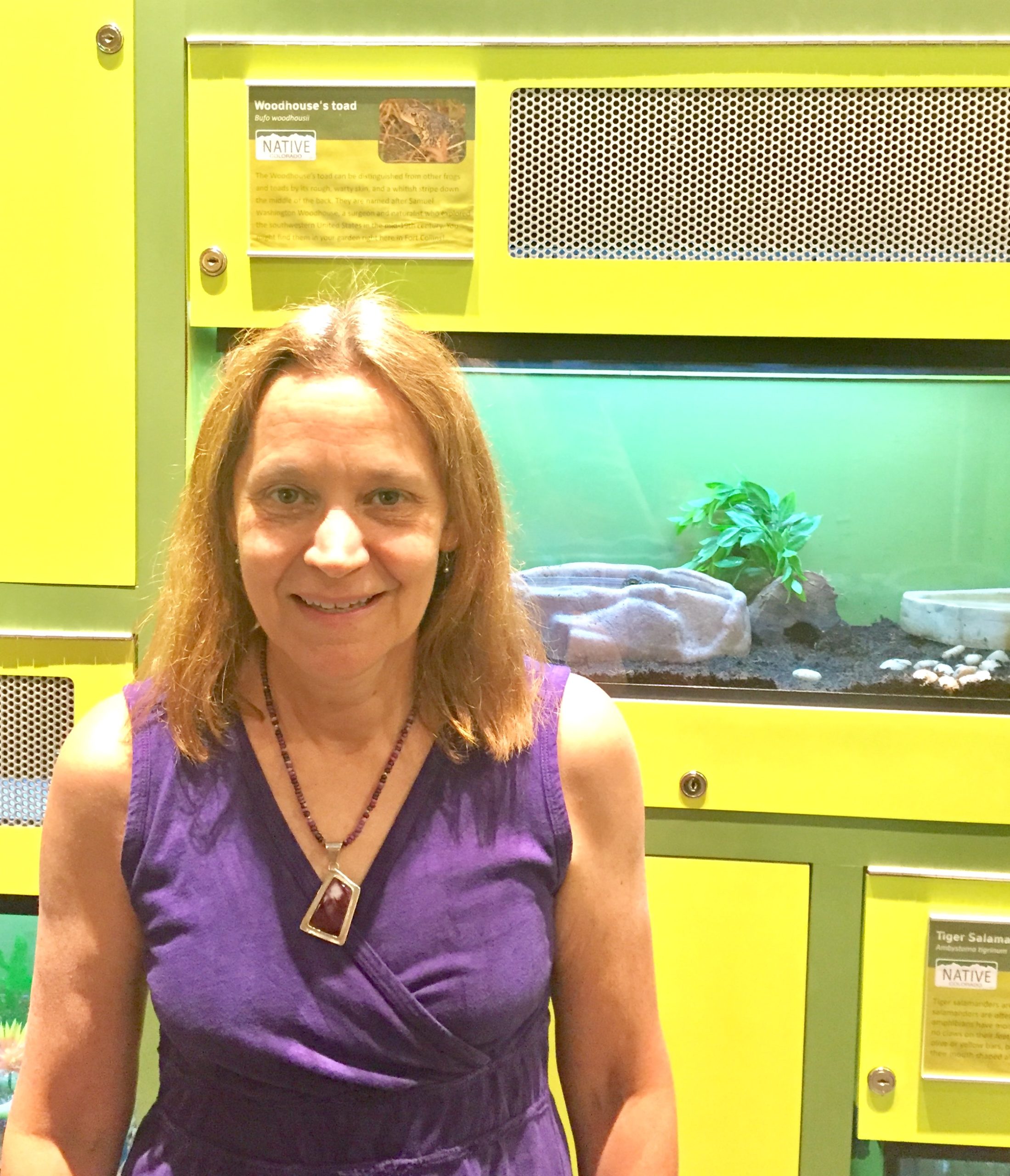



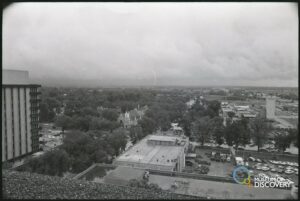

 and
and 